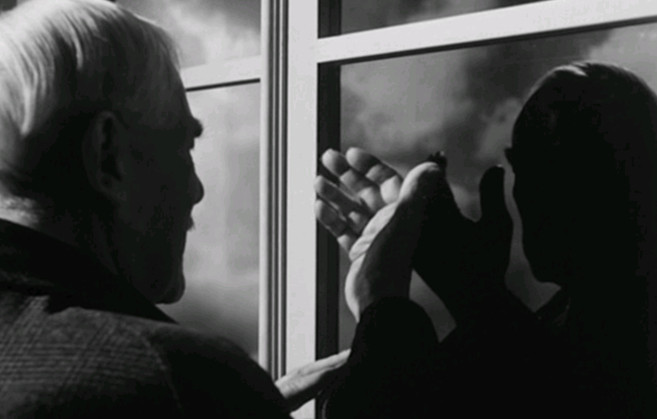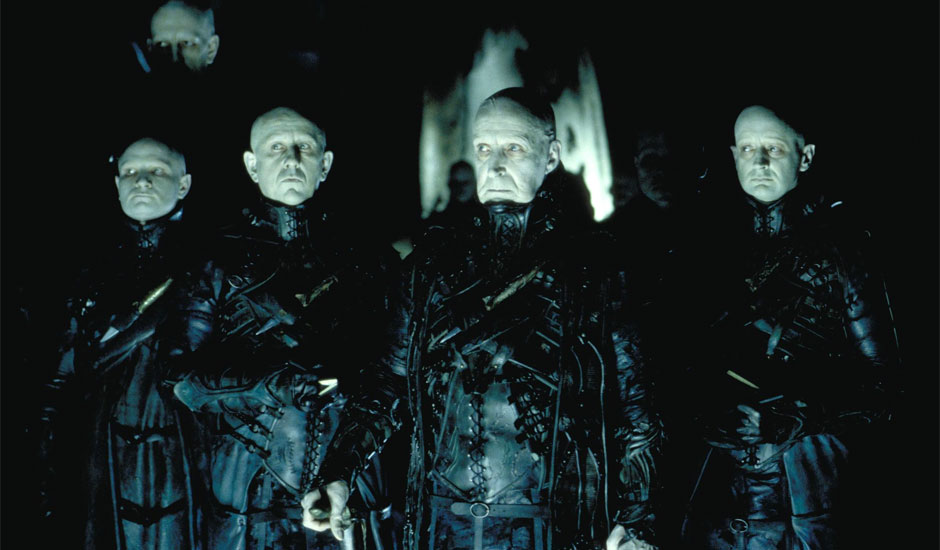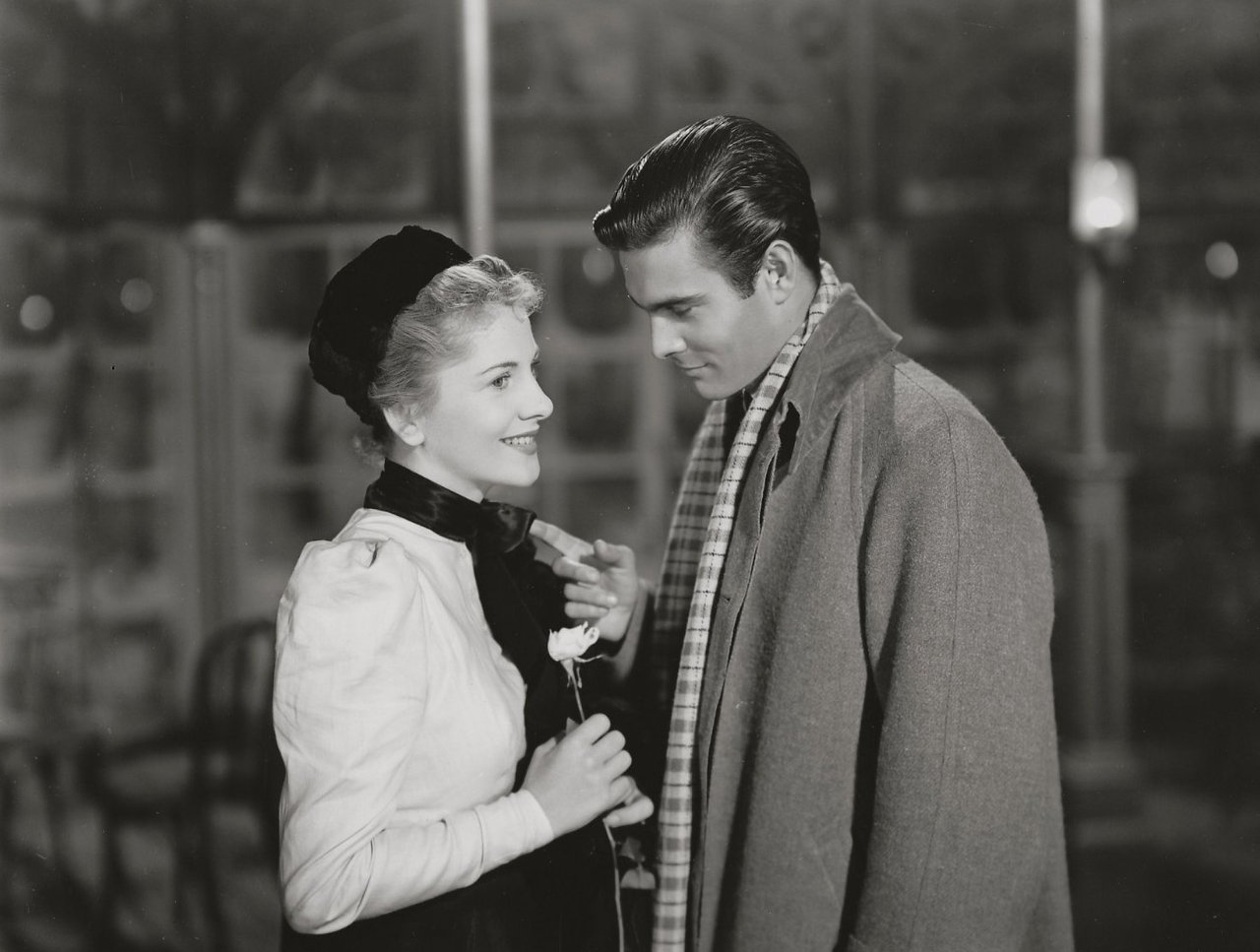5. Wild Strawberries (1957)

Bergman’s Wild Strawberries from 1957 might be seen as an obvious film to search out for when you’re looking for Jungian themes, however the methodology by which Bergman uses Jungian concepts such as his archetypology is still vexing today.
The film begins with our protagonist, Dr. Isak (Victor Sjöström) soliloquizing about his lack of faith in humanity. He is cynical of society, and a thinker of high repute, very much like Jung’s archetypal presentation of the ‘wise old man’, which generally takes the form of an isolated philosopher.
The curious way by which Bergman flips this archetype is particularly notable. Instead of presenting the ‘wise old man’ as someone to whom the audience can ascribe a certain sense of legitimacy, he opens the film with Isak’s demonstration of his feelings of hollowness or lack of form.
As the film progresses, Isak experiences a series of dreams, particularly ones that symbolize his fear of death (nothingness). These dreams could be interpreted as manifestations of Isak’s shadow.
The shadow in Jungian psychology represents aspects of oneself that aren’t consciously acknowledged by a person’s waking life. For Isak, his repressed fears of being unacknowledged (perhaps unloved) are subsumed by this shadow and take the form of a fear of death (or more likely, a fear of dying in obscurity).
The film itself is cinematographically surreal, which poignantly continues to ascertain the malleability of a person’s consciousness in the face of psychic trauma.
It’s harrowing and narratively rich, definitely a Jungian influenced trip into the psychological state of those afraid of isolation.
4. Persona (1966)

Again, Bergman’s Persona from 1966 is a standard choice for film scholars and junkies to bring up when posed the question about Jung’s influence on film.
Persona deals directly with Jung’s notion of the persona, which can be described as the mask an individual presents to the public world. The persona is essentially what an individual uses to mask their ‘true self’ from the world at large.
In Bergman’s Persona we are presented with a harrowing view of our psyche. It begins with a montage of sorts, with shots of spiritual significance (a crucifixion, a short somewhat funny silent film dealing with a man being haunted by the spectre of death and the anthropomorphized form of Satan). These images seek to depict the internal machinations of our internal conflicts, those which we don’t show to others.
These haunting images are at odds with the direct narrative of the film, which presents a sort of story of forgiveness, identity and the solace which comes from the acceptance of our faults and the synthesis of these into our personality.
Here again, Bergman points out the nature of our tendency to frame truth in the form of a fictive persona, ending the film with a view of the film-making process itself as a sort of cryptic identity formed out of artistry and humanity.
3. Dark City (1998)

Alex Proyas’ Dark City concerns itself with the manifestation of identity and the malleability thereof within the context of a manufactured reality, essentially a reality that is created by the projection of the conceptualization of an ideal society formed for the express purpose of investigation the nature of the human soul.
Dark City owes a large debt to Jung, specifically his work on the nature of identity and how memory can implant itself within a consciousness in order to develop a narrative of society and the confluences which generate a culture.
It takes place in what is essentially revealed to be a human zoo, and without spoiling the crux of the film describes how identity can play a central role in the perception of a society and how an individual can overcome a consensus reality (in this case, a bleak and somewhat repressed urban city) and develop their own ‘safe haven’ within a pre-existing world in order to grow their own consciousness.
2. The Three Faces of Eve (1957)

Johnson’s The Three Faces of Eve is somewhat of an oddity in that it’s adapted from a psychiatric text written by two psychiatrists using then-current psychiatric treatments developed in part by Jung and his successors.
In the film, we are introduced to Eve White (Joanne Woodward), a woman suffering from a split personality disorder. In contrast to her sort of staid and self-deprecating self perception, she develops an alternate-personality that begins to party and seek fun to counter her previous timid life.
We see throughout the film that the dissonance between the two selves aids Eve in synchronising the two aspects of her personality into a third self, one that reflects both aspects of the previously separate identities.
In this respect, the film attempts to illustrate the development of a personality facing its negative aspects and holistically integrating them into a unified self. This is pursuant to Jung’s claims for a need to unify both negative and positive aspects of self while still retaining a public persona through which to express these attributes.
1. Letter From an Unknown Woman (1948)

Max Ophuls’ Letter From an Unknown Woman is perhaps one of the most respected films to deal with the subjects of idealistic projection, identity and the notion of a Jungian shadow.
Lisa (Joan Fontaine) is a young woman who secretly pines for attention from her neighbour Stefan (Louis Jourdan), a successful concert pianist.
Despite their brief interactions and Stefan’s obliviousness to her affection, Lisa develops an intricate fantasy of her life with Stefan.
Her shadow in this case, is her personification of fear of being rejected or ignored by Stefan and as a coping method her projection of love upon him saves her the embarrassment and heartbreak of rejection.
Despite growing to marry a wealthy aristocrat, and having a son (by Stefan on their one romantic liaison), she still justifies her romance with Stefan as more than a mere tryst, developing an elaborate projection in order to formulate a more self-affirming narrative.
Author Bio: Alan is a writer, musician and composer from Calgary, Canada. His short fiction has been previously published in L’Allure des Mots out of Miami FL. His music can be found on Spotify and iTunes.